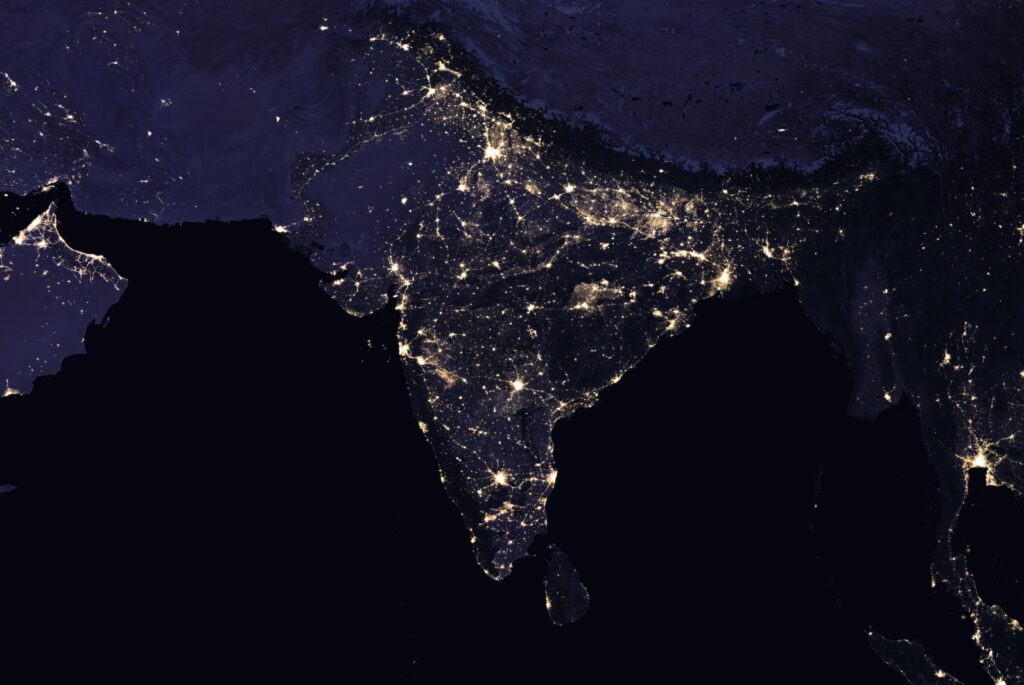
A pandemic has forced unthinkable changes as earth’s balance and women’s rights are threatened to the core. Can we imagine the impossible — state investment in a sustainable society? In Amanda Gorman’s inaugural poem, she wrote:
We did not feel prepared to be the heirs of such a terrifying hour but within it we found the power to author a new chapter
These are the lessons coaxed from Kerala, Cuba and Slovenia, however imperfect, are URGENT in our mutually assured survival.
Young people around the globe, especially women and people of color, see their future being stolen by rigged systems, entrenched patriarchy, imperialism, white supremacy, and ecological exploitation. Think about viral Bernie Sanders mitten mems. Saddled with student-loan debts as the US maintains 800 military bases, they are ready for a world that works for all.
Kerala, Cuba and Slovenia are three little-known societies that took a different path. Decades ago, policies were established to make life better for all, including women – with goals to eradicate poverty, reduce inequity and care for the planet.
Far from utopias these societies face deep challenges and still, they have achieved human development indices unheard of in poor countries and in many cases, score better than the US. Critical indices such as infant mortality rates, longevity, literacy, and fertility rates are more similar to European social democracies than low-income countries.
This film takes viewers to meet 3 generations of women and men, who have now lived for decades within these sustainability frameworks to hear their stories and see what, if anything might be transferable to wealthy and poor societies alike.

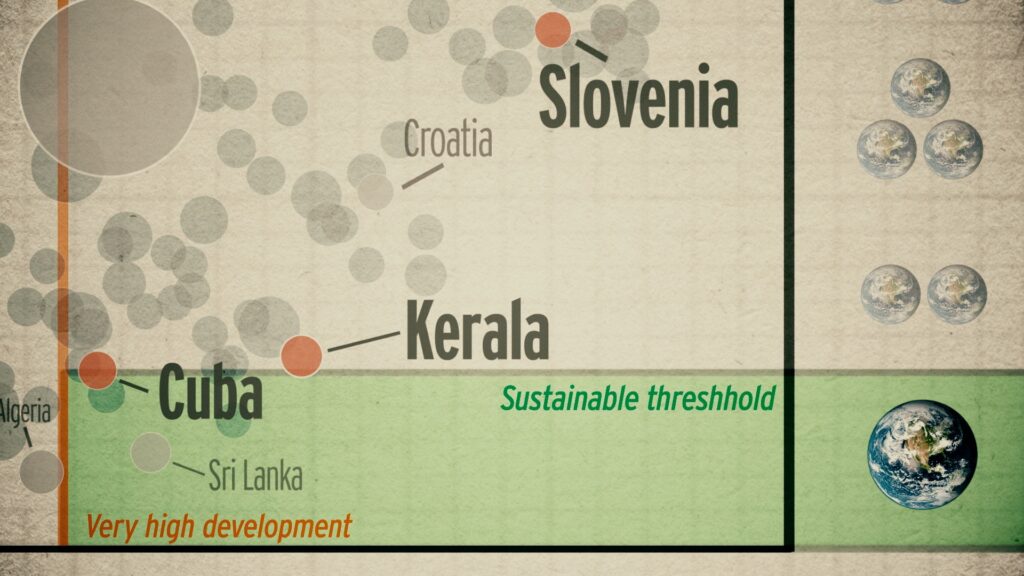
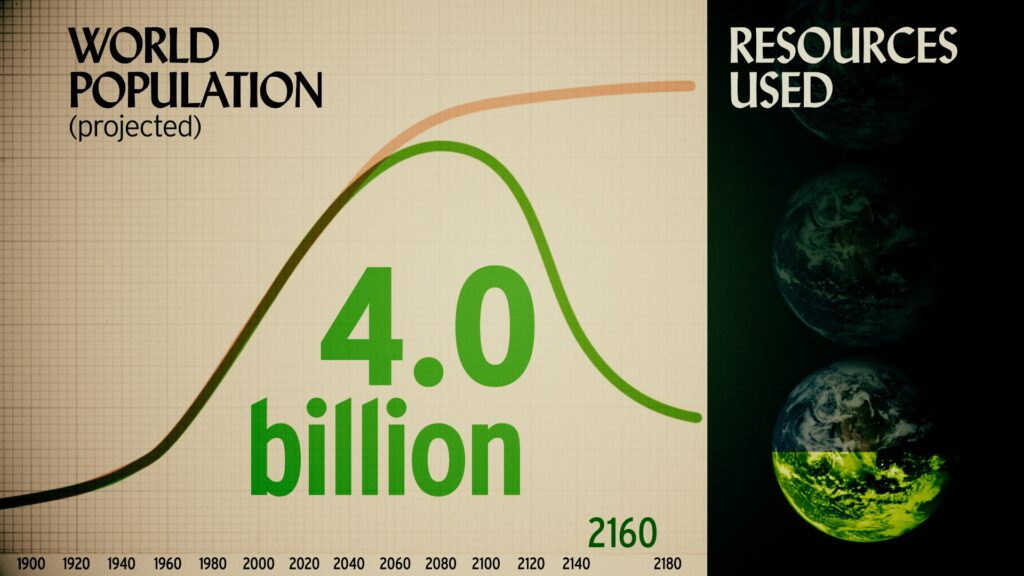
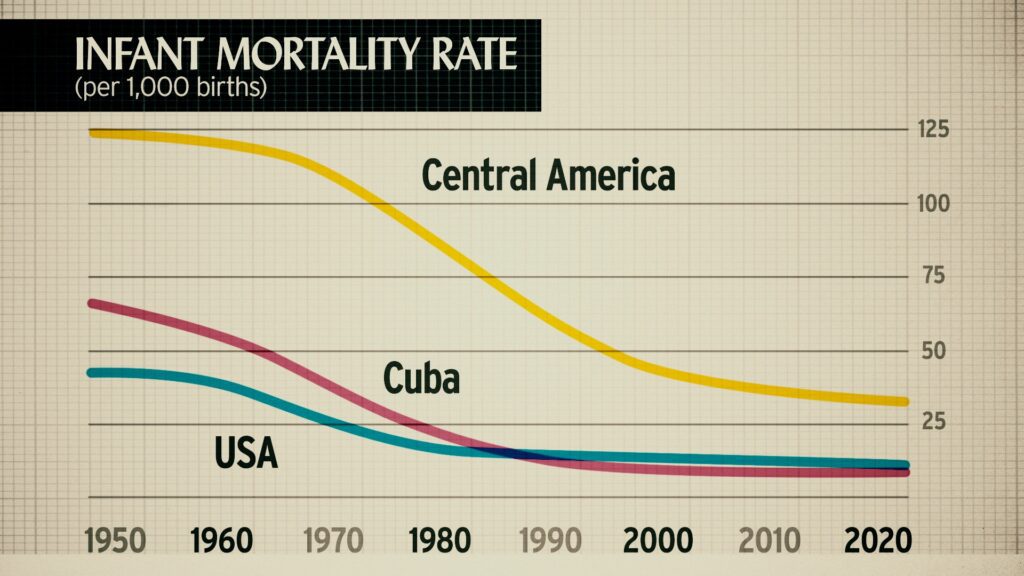
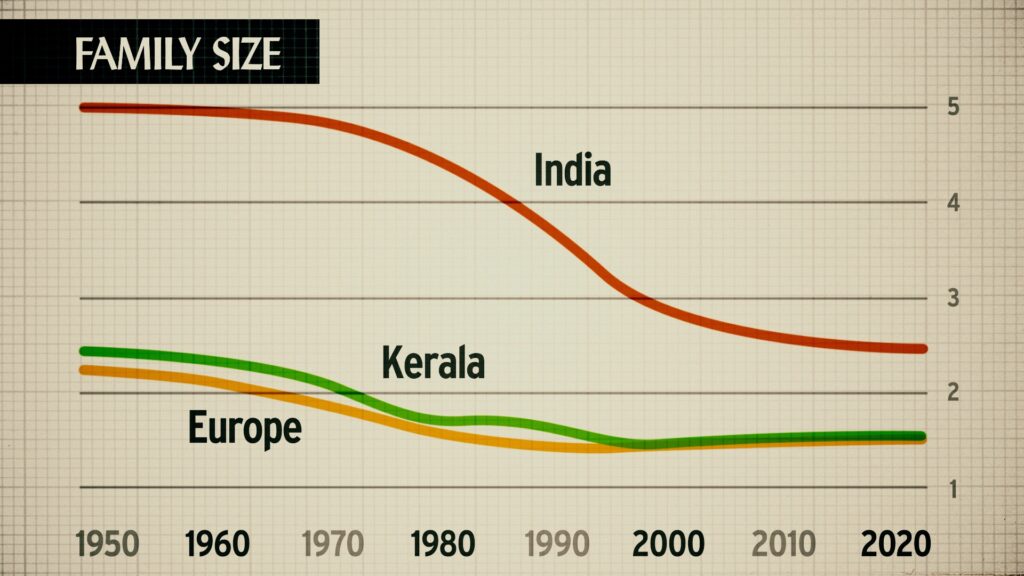
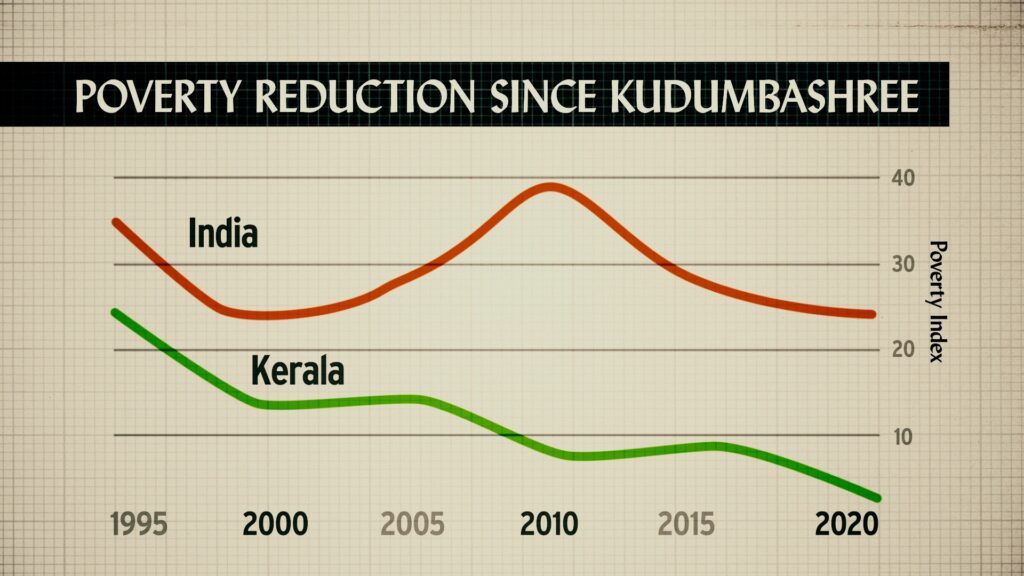
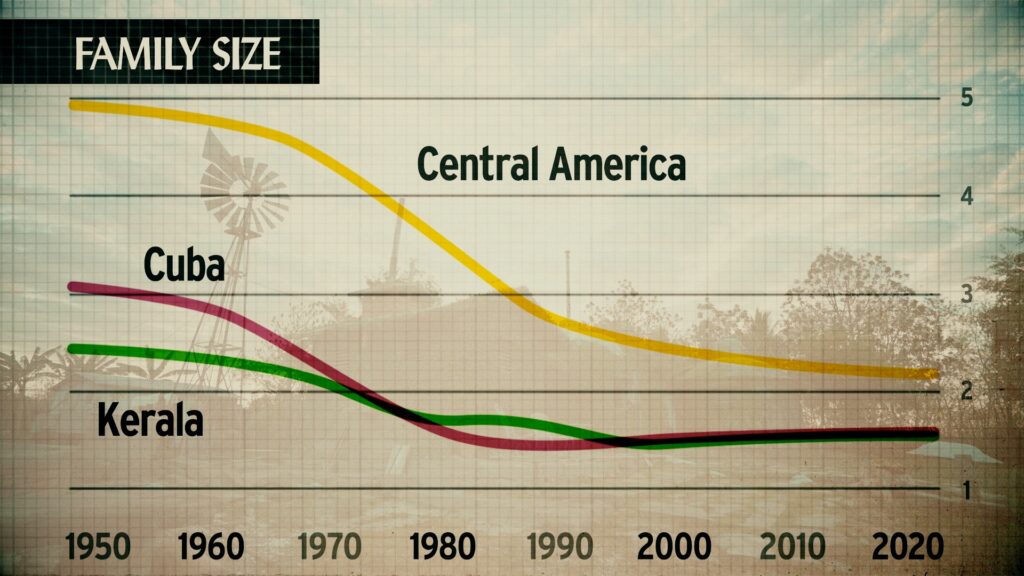
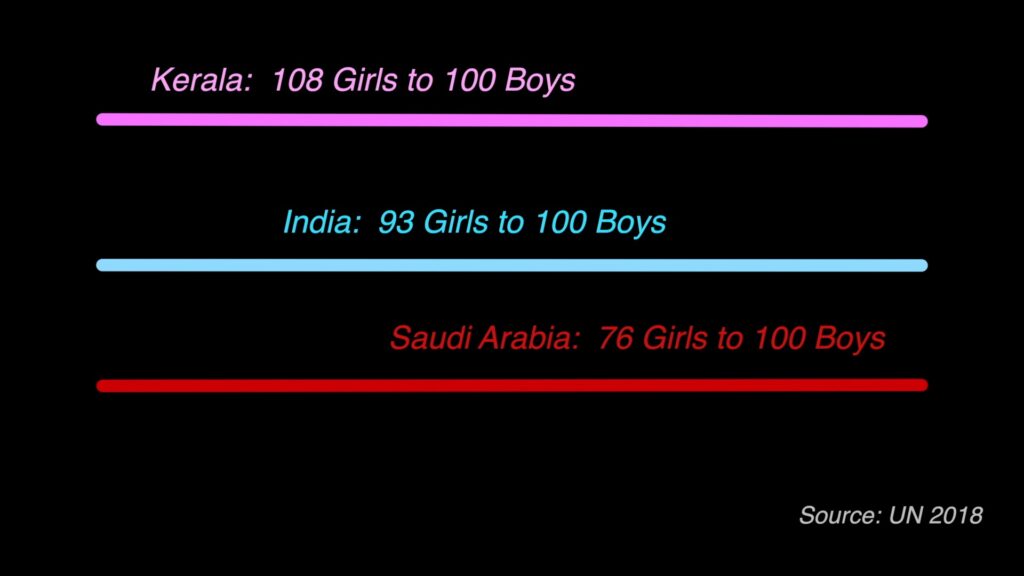



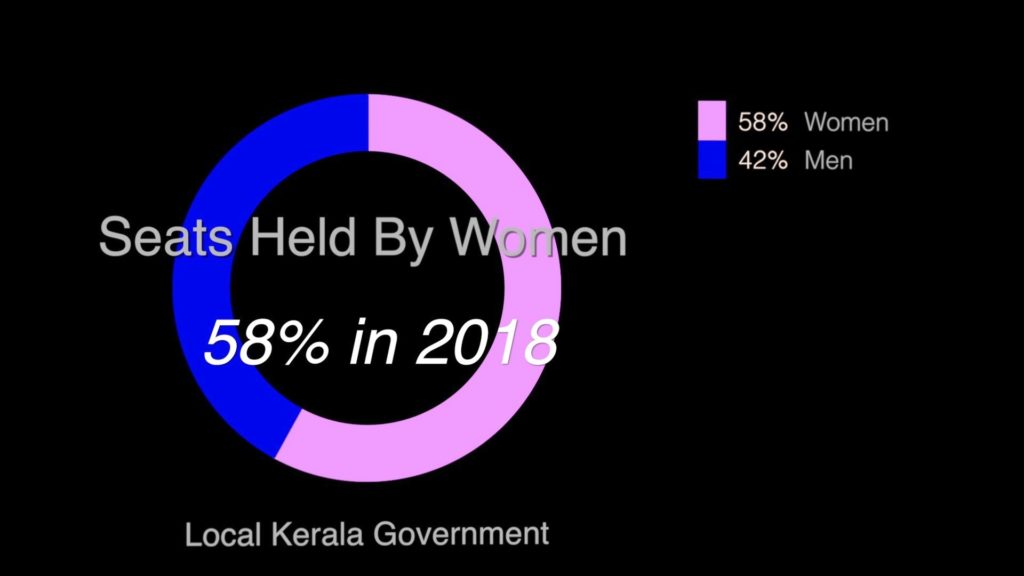
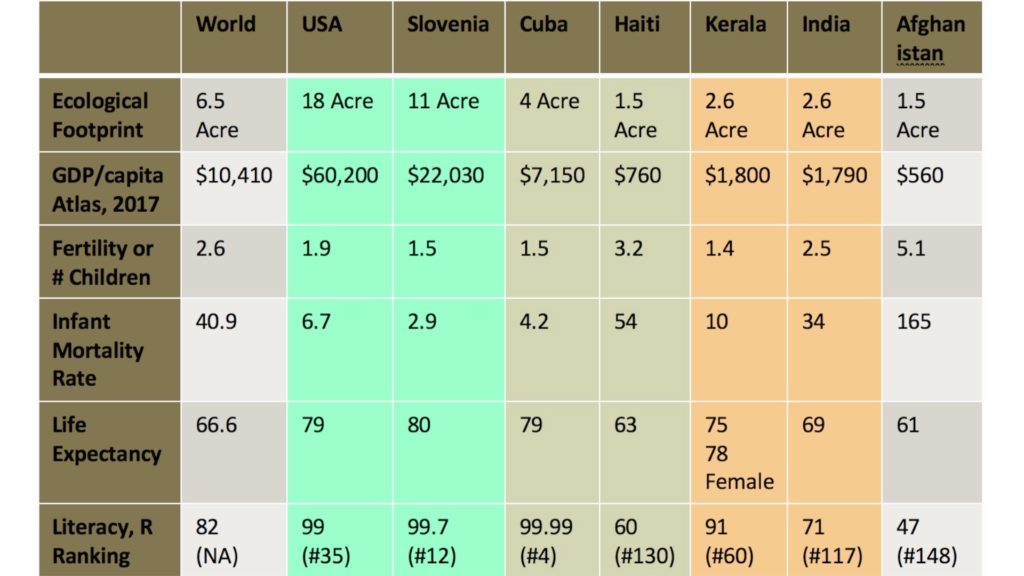
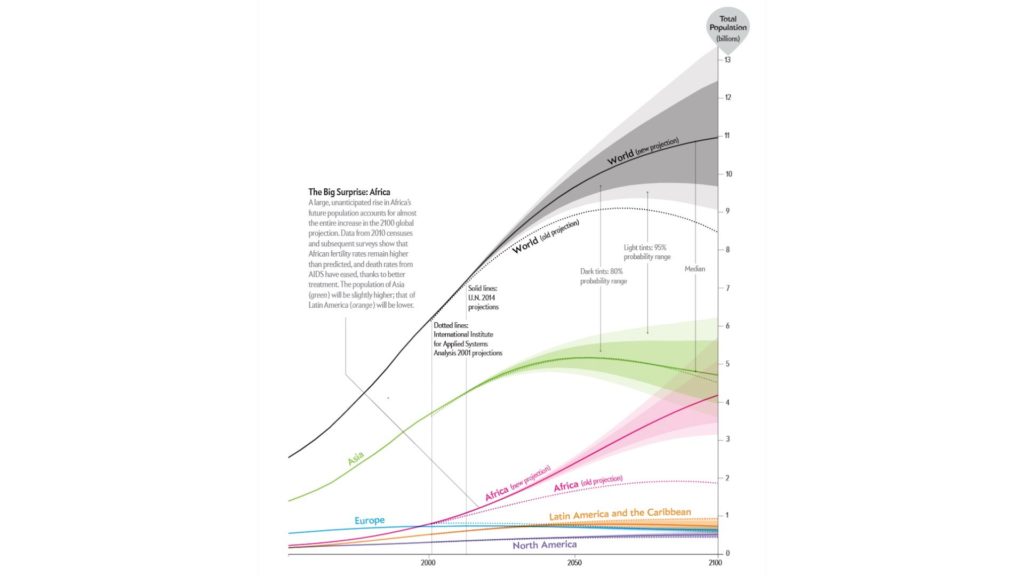
From the date above we see that a small set of impoverished nations are set to add four billion poor children to regions already experiencing the effects of climate change. Large family size is linked to poverty and low status of women. Both Kerala and Cuba show that fewer yet healthier children are possible, even without selling out to globalization. Instead of world population growing to 11 billion, it could begin falling below 7 billion (see the chart below) over the next century, with just a half-child lower fertility rate. As population pressures ease, the stakes are raised as over 50 countries develop policies to encourage women to have more children.
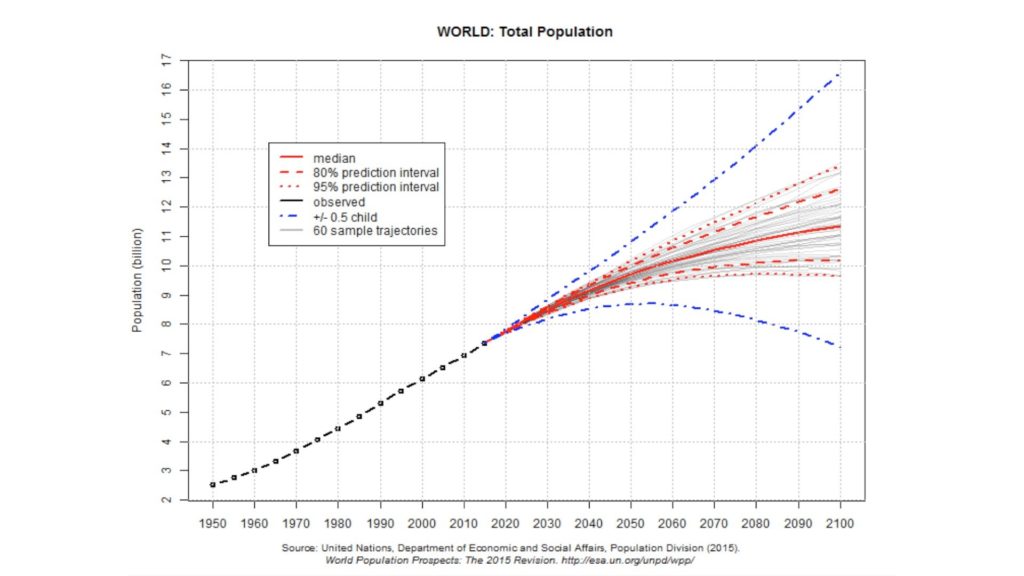
Copyright © 2024 Walden’s World Production – All rights Reserved | Designed by FerdaousWP